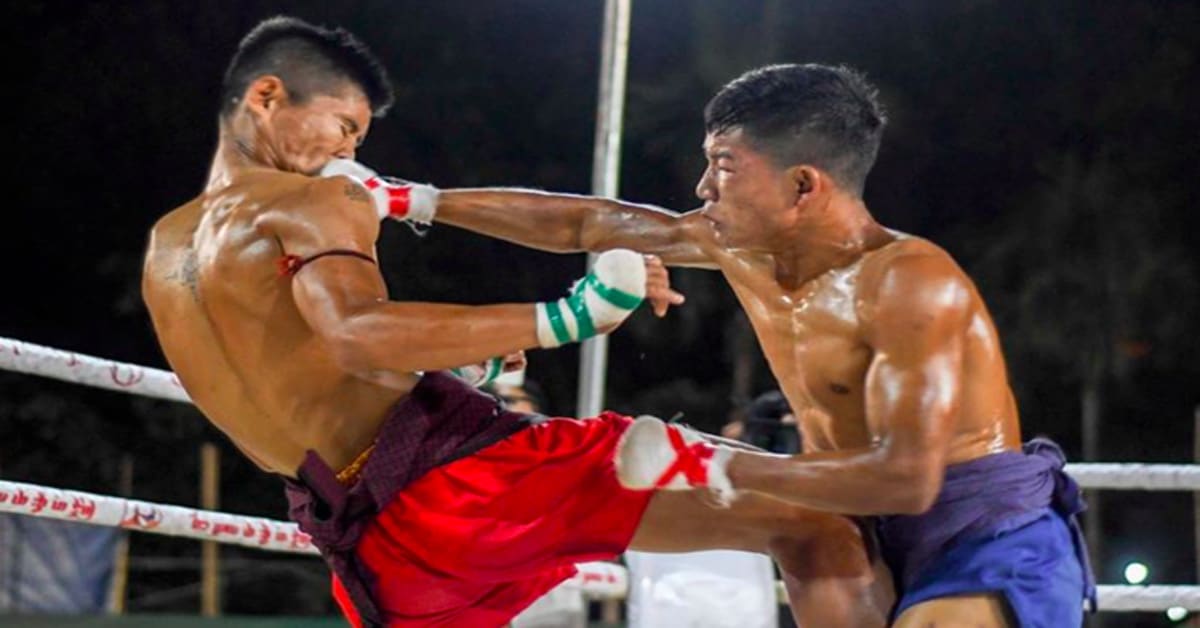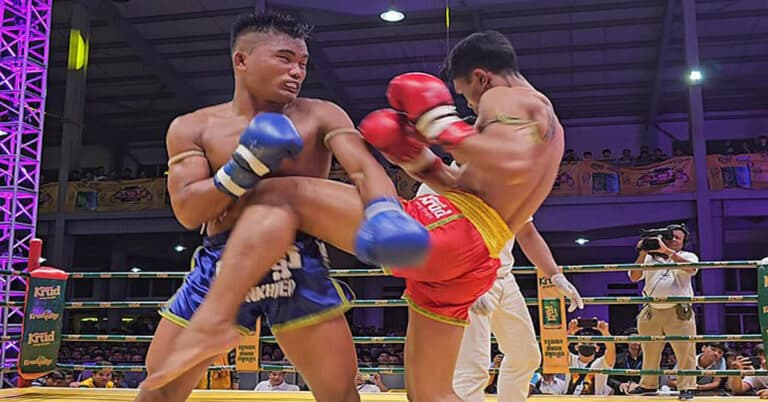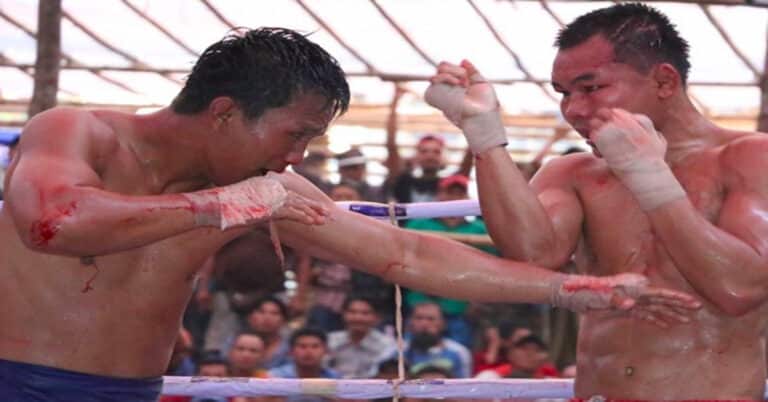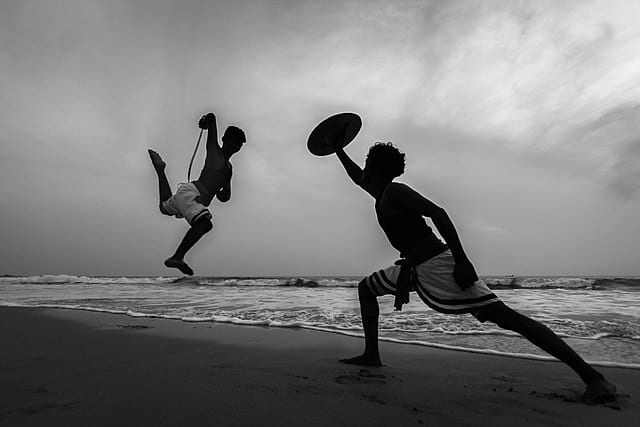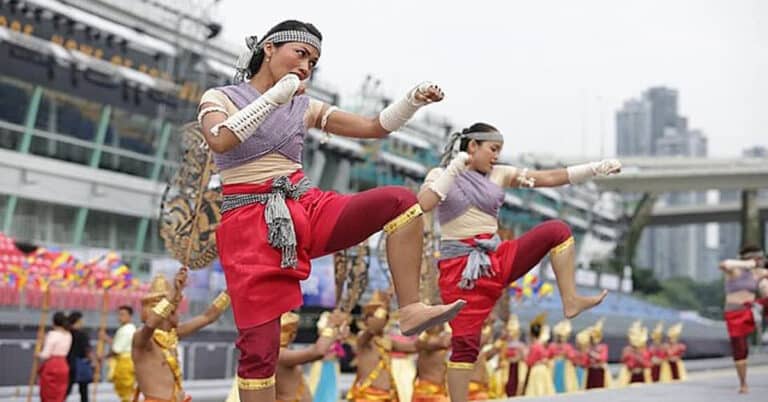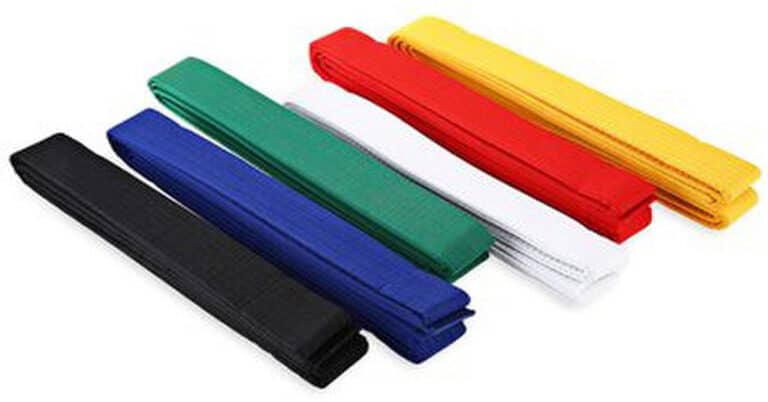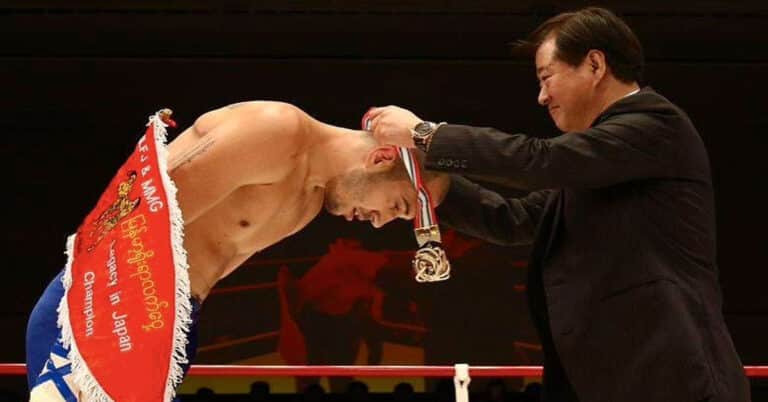Lethwei: Burmese Boxing The Art Of 9 Limbs
Interest in Lethwei is starting to pick back up, with more combat sports fans seeking it out. They want to learn about the combat sport and where they can watch it.
Here’s a brief history of Lethwei that will tell you everything about the brutal combat sport. Read below to learn how Lethwei developed as a sport, the format of matches, and why it isn’t more popular.
What is Lethwei
Lethwei is the national martial arts and sport of the nation of Myanmar. It is the cousin to Muay Thai of Thailand and Muay Lao in Laos, respectively.
The name “Lethwei” in Burmese translates to boxing and developed like the Thai and Laos styles. Lethwei was developed through war and then evolved into a martial art and combat sport.
What sets Lethwei apart from the other two striking styles is the addition of headbutting techniques. The headbutts, along with no gloves, have made Lethwei be considered the world’s most violent combat sport.
The History of Lethwei
Just like the similar styles practiced in neighboring nations, Lethwei was a fighting style developed for war. Developing a fighting style to defend themselves against early Thai and Laos invaders.
The furthest that historians have tracked the development of Lethwei was during the Pyu Empire in 2 BCE.
The ancient Burmese armies would organize fighting tournaments between the strongest boys from each village to develop warriors. These militaries chose whoever won or showed the most potential to be enlisted and trained.
Lethwei would have a similar progression to Muay Thai, where separate fighting events would be organized. Early matches were primarily held in circle sand or dirt piles.
As Myanmar began receiving Western influence, Lethwei matches would be held in rings. Although, the sport differed greatly from Thai boxing.
The biggest difference was that there were no gloves, and headbutting was permitted. Today, Lethwei is more widely viewed but has a fraction of the popularity due to various factors.
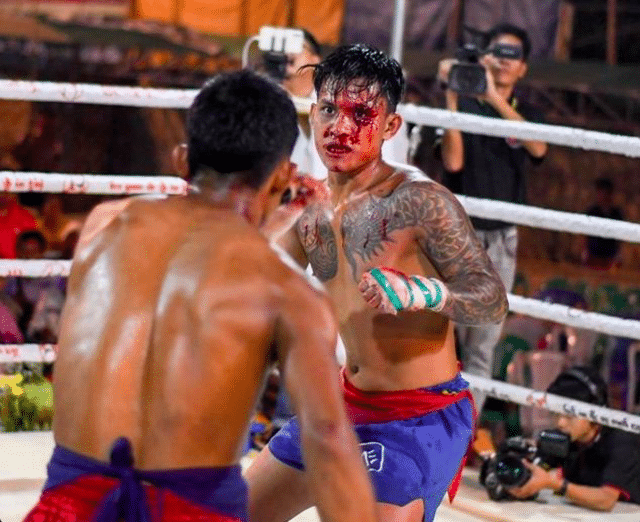
The Format of a Lethwei Match
Lethwei may look similar to Muay Thai, but the bouts have little similarities. Here is the format of an official Lethwei match.
Rounds & Time Limit
Nearly all Lethwei matches now go by a similar round and time limit, like in Muay Thai. Matches consist of 5 rounds that are 3 minutes each.
Although, originally, Lethwei had no time limits or rounds. Two fighters would fight until one of them was knocked out or quit.
Fighting Attire
Fighters are permitted to wear shorts and specific hand wraps. No gloves are worn in a Lethwei bout.
Ways to Win
A match can only be won by a fighter knocking out their opponent or making them quit. The match is declared a draw if neither of these two things happens within the official time limits.
Permitted Techniques
Everything that is permitted in Muay Thai is also permitted in Lethwei. The only difference is that headbutts are permitted and encouraged.
Knockouts Don’t End Fights
Probably the craziest thing about Lethwei is that a knockout does not end a fight. If a fighter can be revived and wishes to continue, they are permitted to keep fighting. There have been many fighters that were knocked out and bounced back to KO, their opponent.
Lethwei Weight Classes
Many Lethwei promotions have the same weight classes that you would find in Muay Thai or boxing. However, in Myanmar, there is an open-class category.
Any fighter of any weight can fight each other within this division, no matter the weight difference. The open-class championship is one of the most watched divisions in the sport.
What are the Differences Between Lethwei & Muay Thai
Muay Thai and Lethwei may seem similar, but they have numerous differences. Here are the main differences between Lethwei and Muay Thai.
9 Limbs vs. 8 Limbs
The biggest difference between the two styles is that headbutts are permitted in Lethwei. Headbutts are a major part of the sport, and their addition completely changes the clinching battle. In Muay Thai, headbutting techniques are illegal.
Myanmar vs. Thailand
After the headbutts, the other obvious difference between the styles is their countries of origin. Muay Thai was developed in Thailand, and Lethwei was developed in Myanmar(Burma).
Suplexes
While both styles incorporate clinching and wrestling, Muay Thai is more strict on their grappling rules. Lethwei rules are more lenient and permit techniques like suplexes.
10-Point Scoring System vs. No Scoring System
Muay Thai implements a 10-point scoring system to score fights. In Lethwei, fights are not scored as the only way to win is by KO or a fighter quits. Another big difference between the fighting styles.
What are the Similarities Between Lethwei & Muay Thai
Lethwei and Muay Thai may seem similar, but the two styles have vast differences. Here are the main similarities between Lethwei and Muay Thai.
The Techniques
Aside from the headbutts, many of the techniques practiced within Muay Thai and Lethwei are the same. Both styles do similar punches, kicks, knees, and elbows. Wrestling in both styles also are nearly the same and a major part of each sport.
Both Effective Styles
Lethwei and Muay Thai are two of the most effective fighting styles in the world. Both are made up of brutally effective techniques that will improve anyone’s self-defense skills.
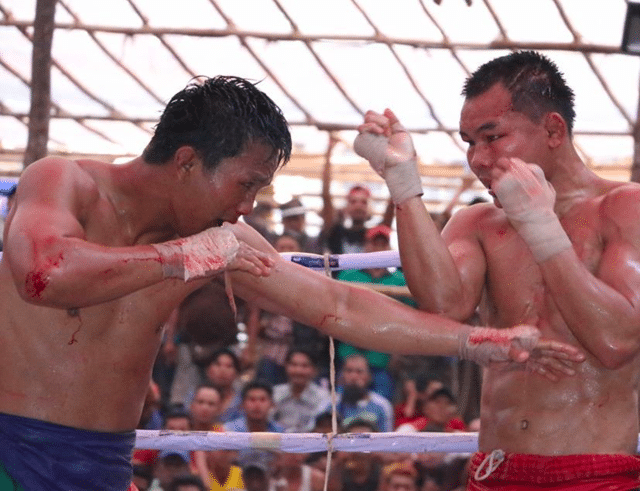
Notable Lethwei Fighters
Even though Lethwei is still growing, the sport does have some rather popular fighters. Here are some of the most notable Lethwei fighters.
- Dave Leduc: The King of Lethwei, who is the reigning open weight champion and biggest ambassador of the sport.
- Tun Tun Min: The former open weight champion and one of the sport’s biggest stars.
- Too Too: Too Too was the WLC Middleweight Champion from 2015 to 2023. His life tragically ended after being arrested and killed by the Myanmar military.
- Cyrus Washington: One of the only American Lethwei fighters that also competed in Thai boxing and K-1.
- Artur Saladiak: Former WLC champion who also competed in Glory Kickboxing.
- Sasha Moisa: Form WLC Light Middleweight Champion and Muay Thai champion.
- Naimjon Tuhtaboyez: The Uzbeki fighter was the final WLC Middleweight World Champion.
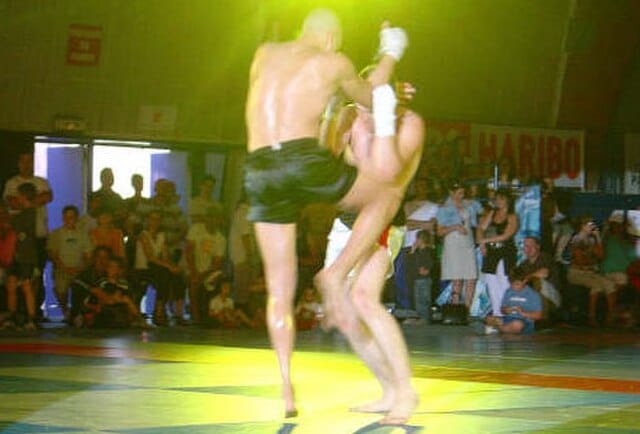
What Has Prevented Lethwei’s Growth?
Lethwei is a more brutal form of Muay Thai, but Muay Thai is one of the world’s most-watched combat sports. This makes you wonder what the reasons why Lethwei isn’t popular and widely practiced.
Myanmar
The biggest factor that has hindered the growth of Lethwei is its birth country, Myanmar. The southern Asian nation has historically been in conflict. Much of the which over the last century has been within the country.
Myanmar has been a closed nation for decades, which has hindered its cultural exchange with other nations. Lethwei is one of the biggest parts of Myanmar culture, which had its growth hindered.
For many years, the only way that one would find out about Lethwei was through old videos and magazines. Only a handful of crazy and committed foreigners would dare ever try to fight in Lethwei.
But during the 2010s, Myanmar started to become a little more relaxed. This enabled Lethwei to be shared with combat sports fans around the world.
It started to get some buzz, and many fighters began looking into how they could do a Lethwei fight. Unfortunately, freedom in Myanmar would be short-lived as the military took back control of the country in 2021.
Any scheduled Lethwei events were canceled, and no fights have been scheduled in Myanmar since then.
The Violence
It may be confusing to some that millions practice Muay Thai while next to nobody practices Lethwei. The thing that has held Lethwei back is actually Lethwei itself.
It is an incredibly violent martial art, which is a turn-off for many casual fans. They can take kicks and elbows but not headbutts.
The violence of the sport has led to numerous international governing bodies banning the sport. Today, only a handful of countries worldwide permit Lethwei events.
Is Lethwei the Next Big Thing?
Before the pandemic, Lethwei was considered by many to be the next big thing in combat sports. The pause in scheduling events killed much of the momentum created.
However, from the millions of views and Google searches, there’s still a niche of fans that want to watch Lethwei. The market is there for Lethwei, but the sport needs another push forward to regain momentum.

